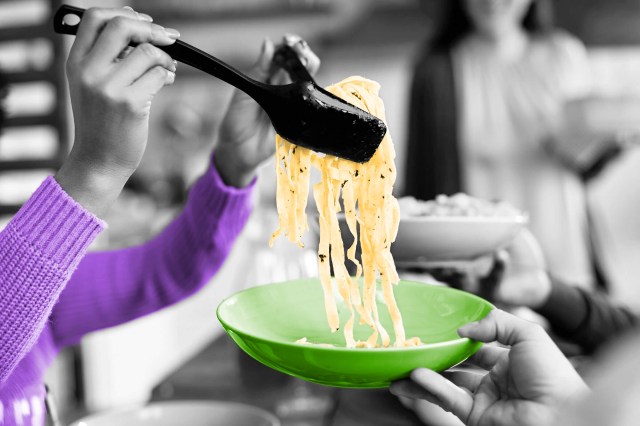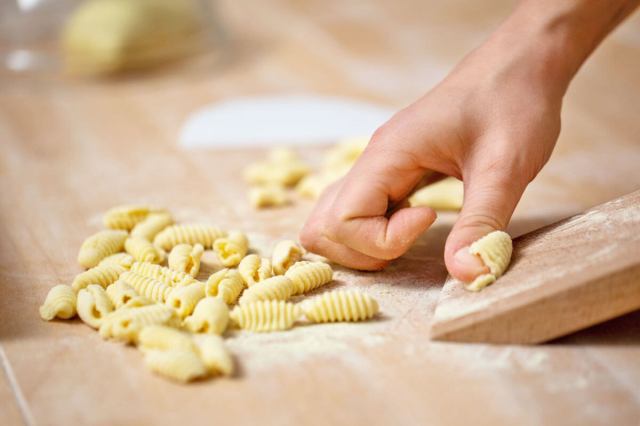
There Are Hundreds of Different Pasta Shapes
Bigoli, capellini, fettuccine, pappardelle, linguine — the list of pasta shapes goes on and on. According to the International Pasta Organization, there are more than 500 different shapes of pasta, while the Encyclopedia of Pasta lists a whopping 1,300 shapes. Nailing down a precise number is complicated by the fact that one particular form of pasta can have many different names. Cavatelli, for example, are known by at least 28 different names depending on where in Italy you eat them.
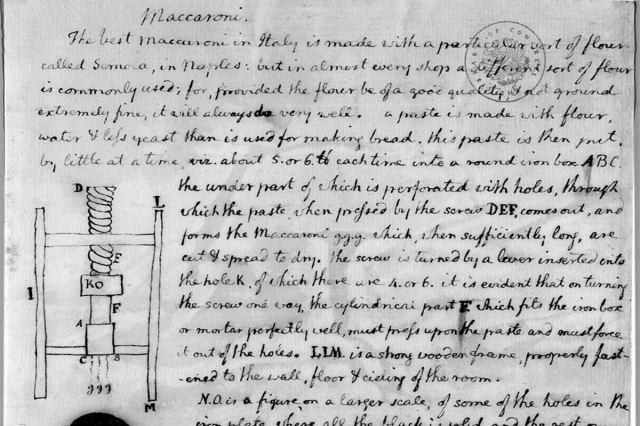
Thomas Jefferson Was a Prominent Proponent of Pasta
Thomas Jefferson often traveled to Europe, where he fell in love with pasta. He made notes and drawings on how to make the food with a pasta machine while traveling in Italy, and in the 1780s he procured a pasta mold from Naples, Italy, which he had shipped to the U.S. While he was not the first person to introduce pasta — or “maccaroni,” as he called it — to America, he certainly helped popularize it, and he may have been one of the first Americans to own a pasta-making machine, which he kept at his Monticello home.
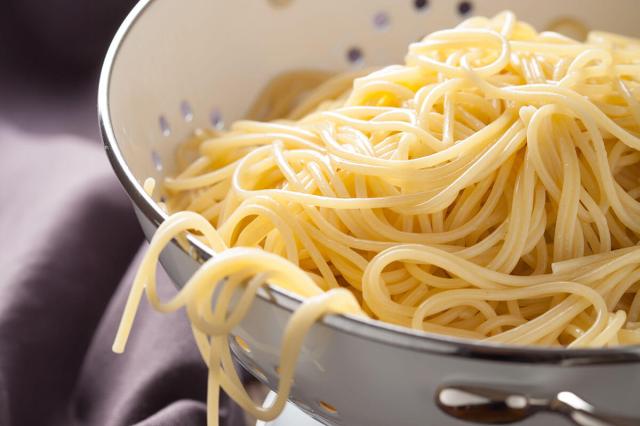
Pasta Played a Key Role in One of the First Televised April Fools’ Pranks
On April Fools’ Day in 1957, 8 million Brits tuned in to watch the BBC’s flagship current-affairs program Panorama. Unsuspecting viewers were then presented with a three-minute feature on the “Swiss spaghetti harvest,” which showed a family harvesting spaghetti from a “spaghetti tree” amidst a bumper harvest caused by a mild winter and the disappearance of the “spaghetti weevil.” The spoof report was broadcast in an era before pasta became a staple part of the British diet (which began in earnest in the 1960s), and so a large number of viewers were entirely fooled. A few concerned audience members even phoned the BBC asking where they could buy a spaghetti tree of their own. The clip is believed to be one of the first — and greatest — televised April Fools’ pranks.
More Interesting Reads

Italians Eat a Whole Lot of Pasta
Unsurprisingly, Italy is the world’s largest consumer (and producer) of pasta. On average, Italians eat a whopping 51 pounds (roughly 23 kg) of pasta per year. That’s significantly more per capita than their closest pasta-eating rivals, which include Tunisia, Venezuela, and Greece. The average American, by comparison, eats approximately 20 pounds (9 kg) of pasta each year, which really puts the Italian love of pasta into perspective.
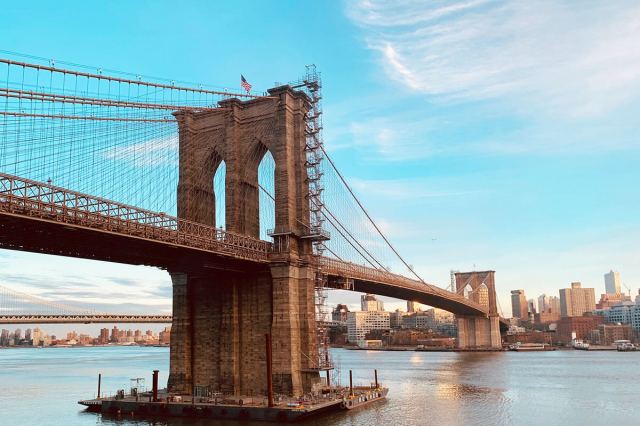
The First American Pasta Company Was Founded in Brooklyn
In 1848, a 32-year-old French émigré named Antoine Zerega founded the first pasta factory in the United States: A. Zerega’s Sons, Inc., now a subsidiary of Philadelphia Macaroni Company. Located on the waterfront in Brooklyn, New York, the factory had just one horse to power the machinery, and the strands of pasta were laid out in the sun to dry. The business was passed on from one generation to the next, and by the 1960s, the factory was providing pasta to hungry customers across the nation.

October 25 Is World Pasta Day
In October 1995, pasta aficionados gathered in Rome for the inaugural World Pasta Congress. They enthusiastically agreed that pasta was in need of its own official day of recognition, and thus was born World Pasta Day, to be held annually on October 25. If nothing else, it’s an excellent excuse to go to your favorite Italian restaurant and load up on some delicious carbohydrates.
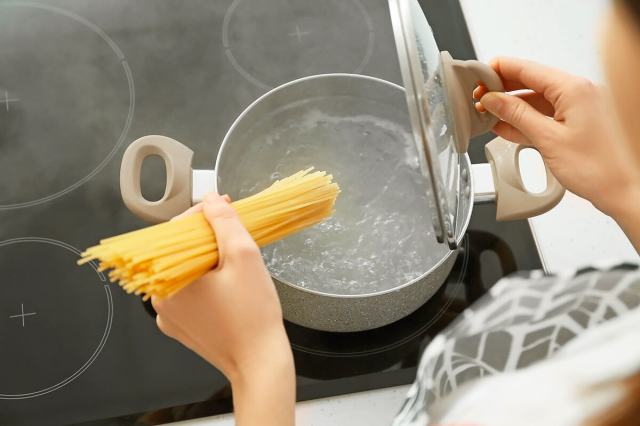
Throwing Spaghetti at a Wall Doesn’t Actually Work
An oft-repeated piece of kitchen wisdom recommends testing the readiness of cooked spaghetti by throwing a strand or two at a wall (or fridge, or ceiling). If it sticks, we’re told, it’s cooked and ready to serve. However, this theory has been tested and debunked. As it turns out, all boiled pasta will stick to the wall whether it’s undercooked, perfectly done, or overcooked. Rather than mussing up your wall with a piece of stuck spaghetto (the correct word for a single strand of spaghetti), it’s more effective — if less fun — to simply take a bite or pinch a strand to test the resistance and see if it’s ready.

